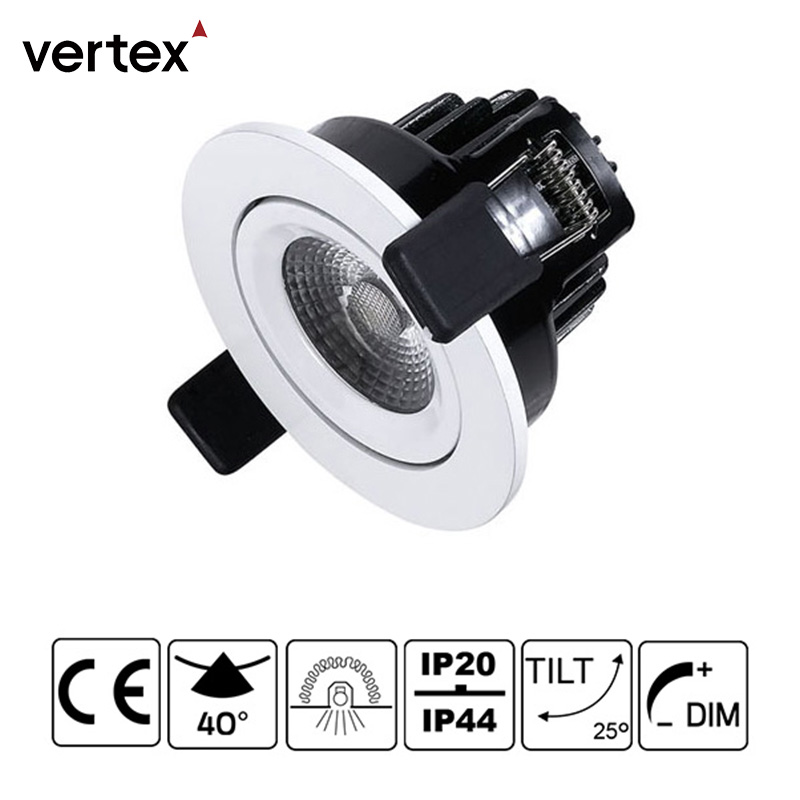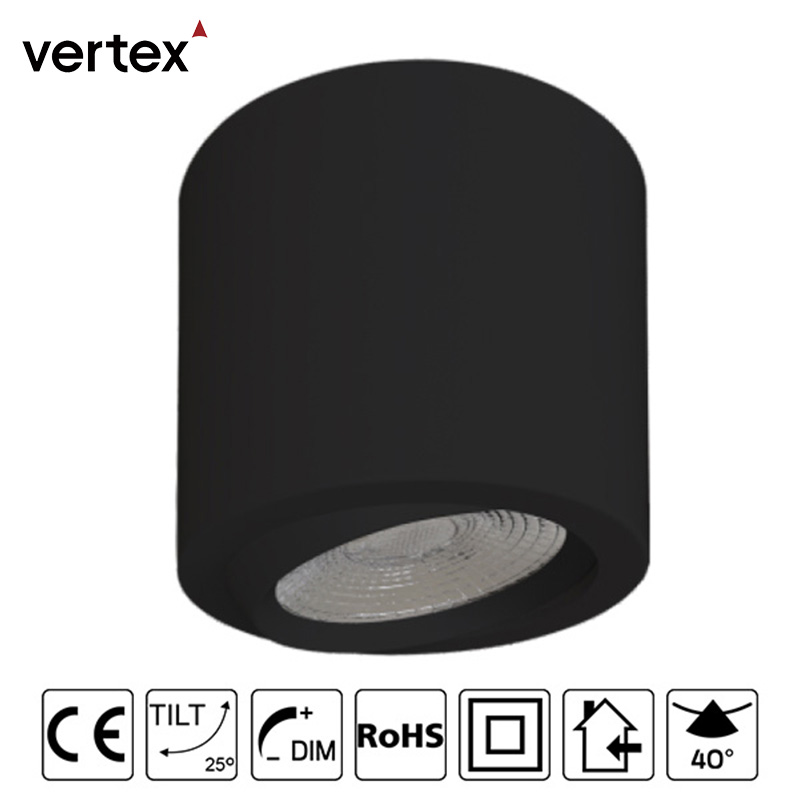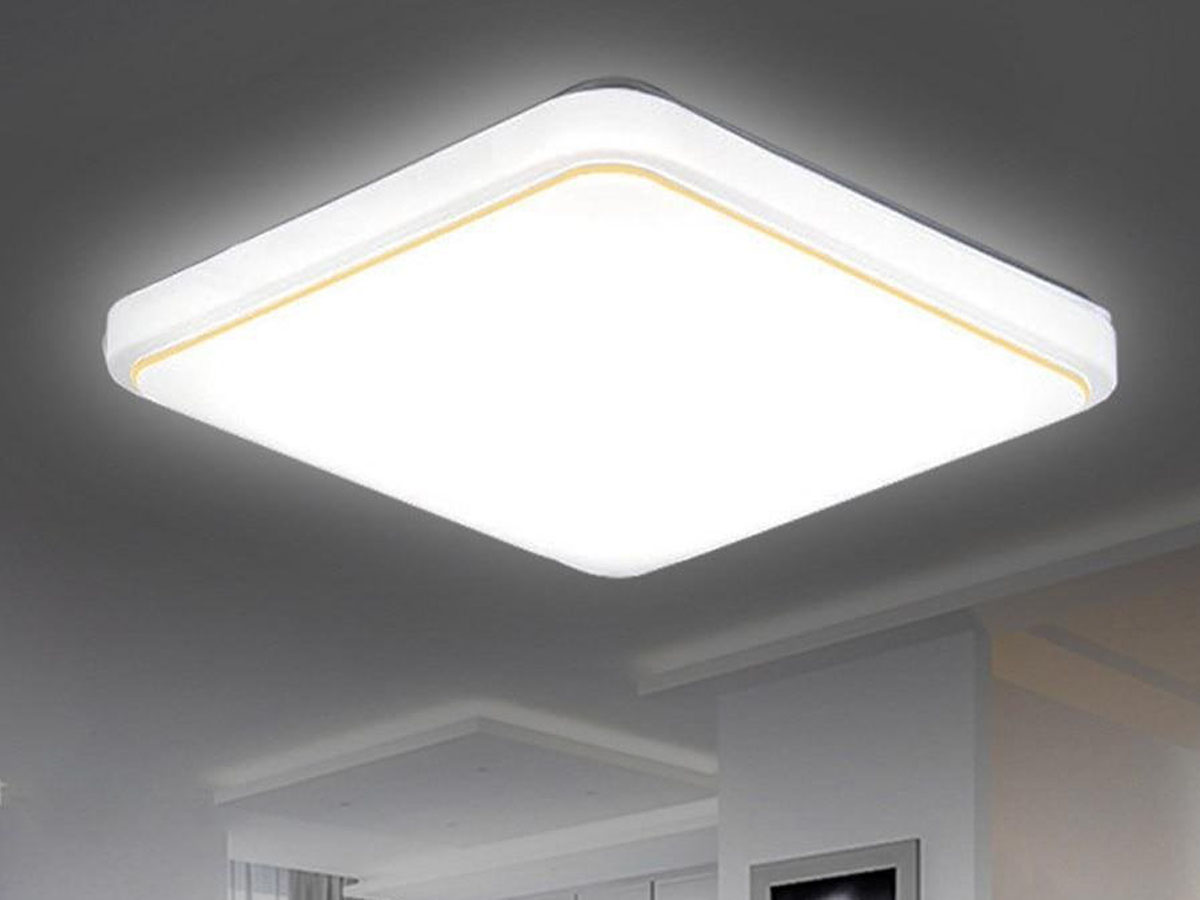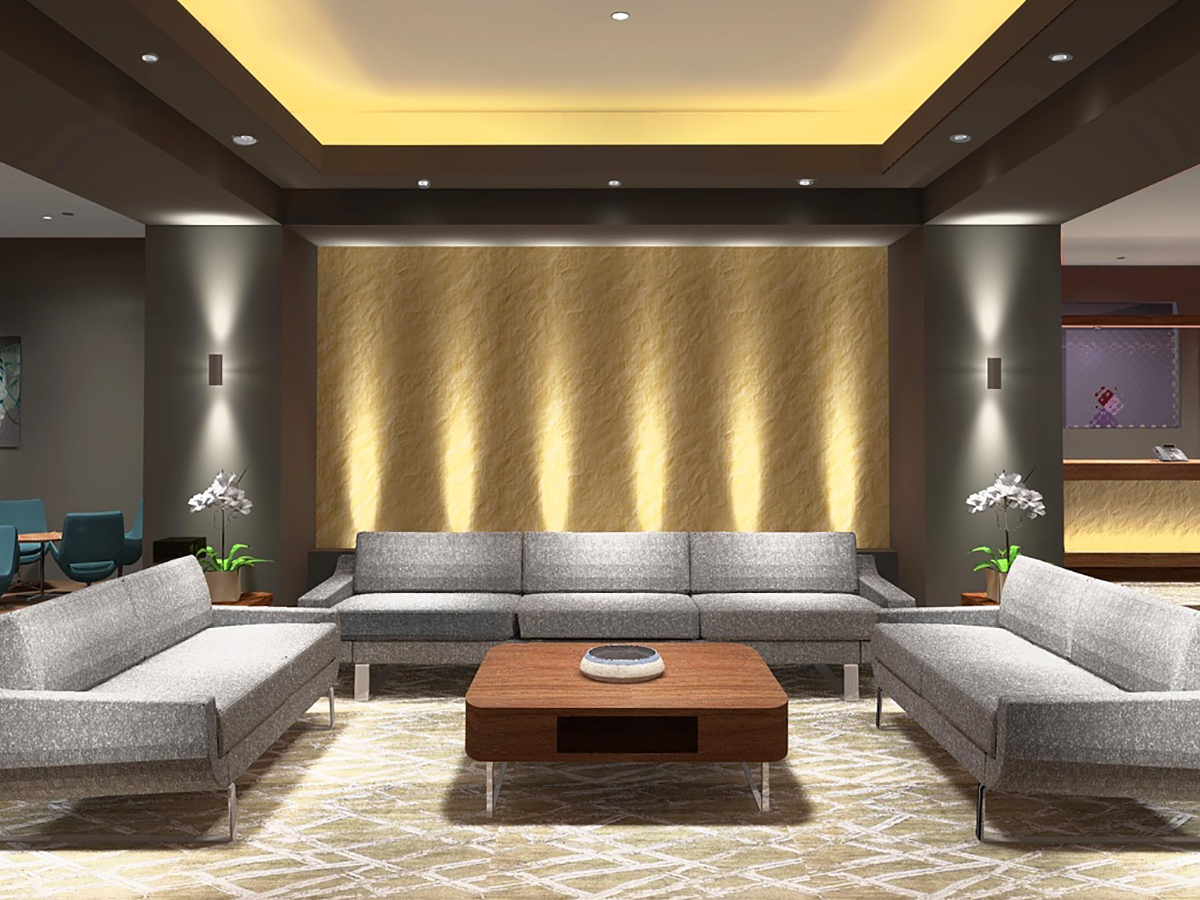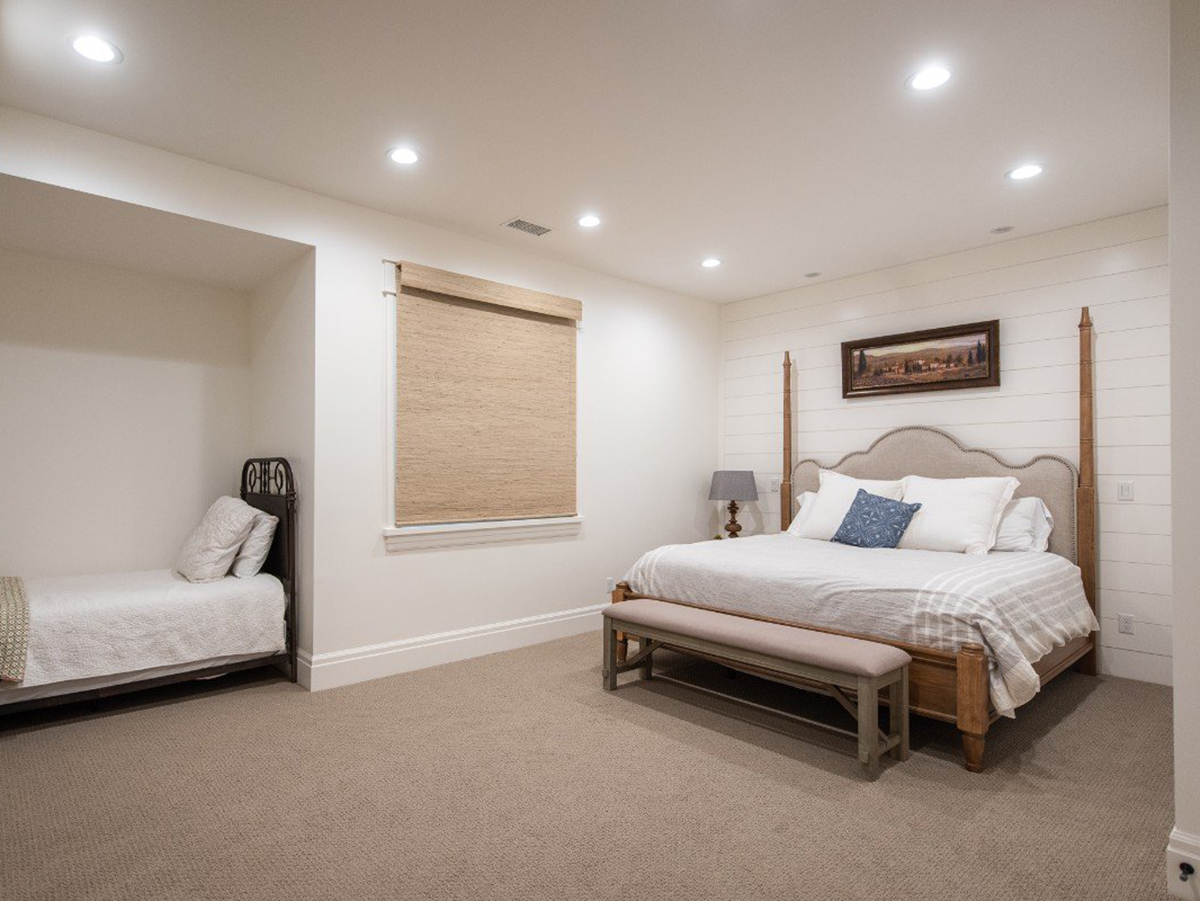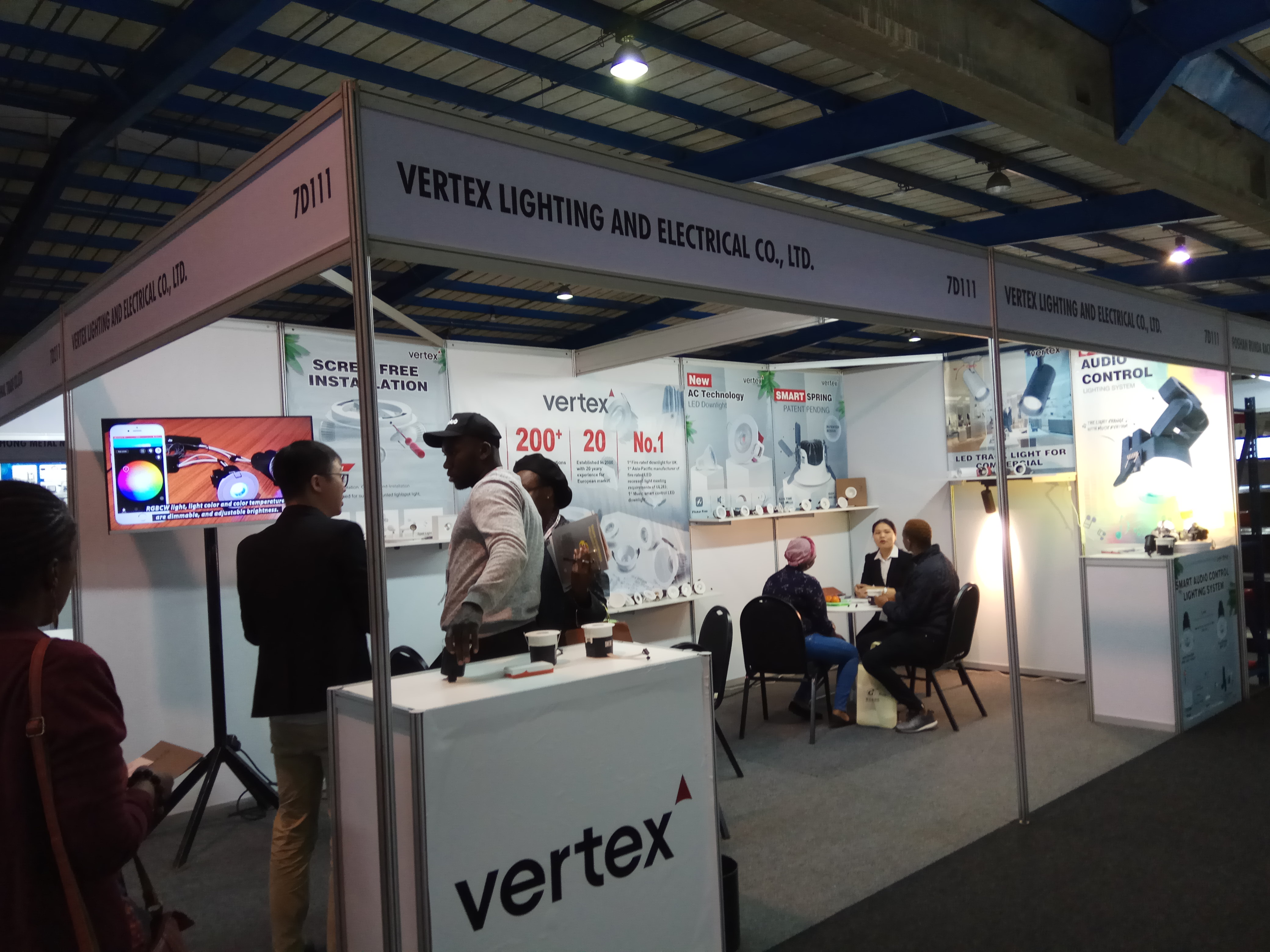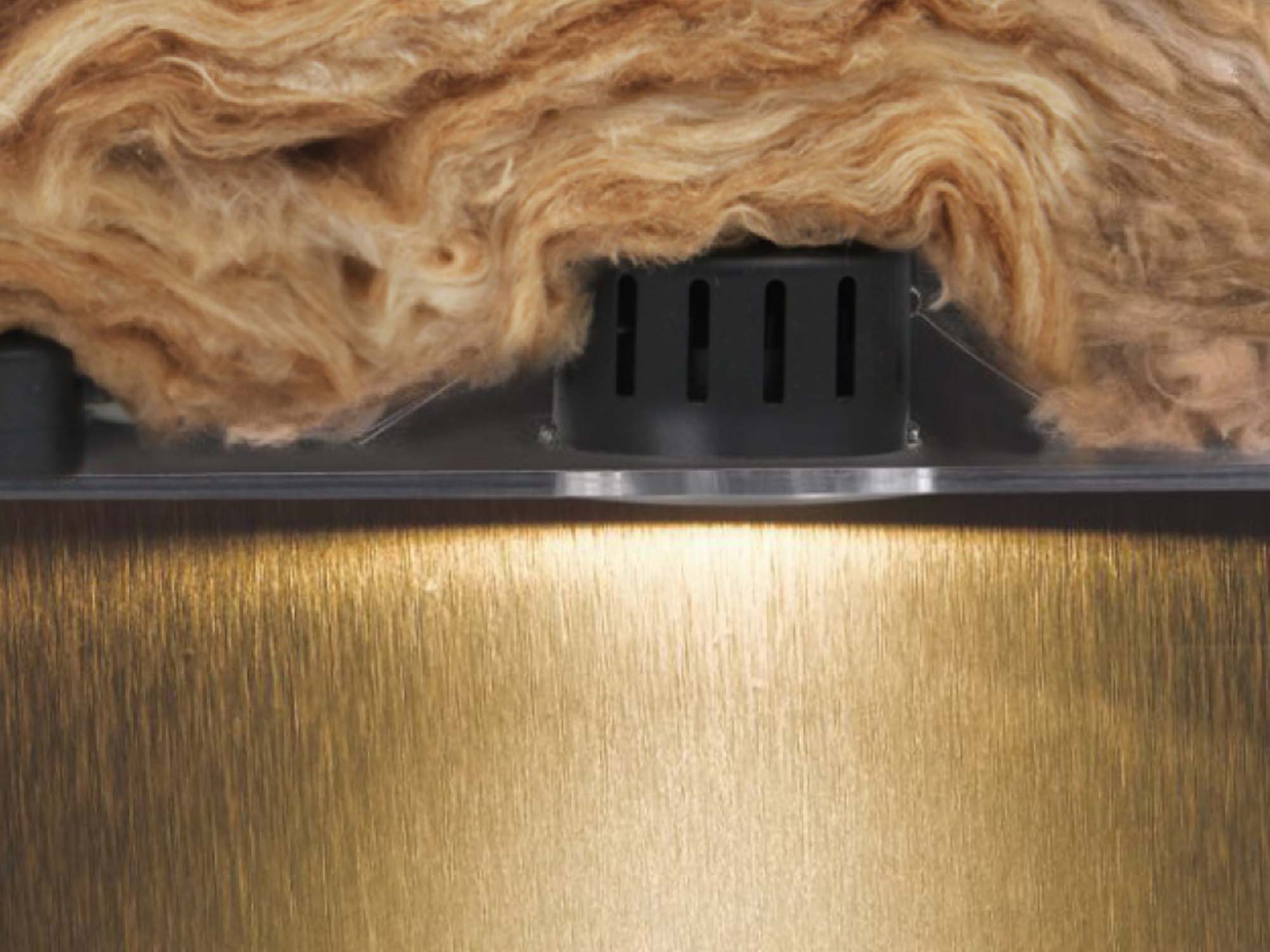Understanding Recessed Downlights
Recessed downlights, also known as can lights or pot lights, are fixtures installed into hollow openings in ceilings, creating a seamless and minimalist appearance. These fixtures are intended to be embedded in the ceiling, leaving only the trim visible on the surface. Recessed downlights are favored for their unobtrusive nature, providing subtle illumination without imposing on the visual aesthetic of the space.Advantages of Recessed Downlights
Sleek Aesthetic: One of the primary advantages of recessed downlights is their ability to blend seamlessly into the ceiling, offering a clean and modern aesthetic. This minimalistic design approach is particularly desirable in contemporary and minimalist interiors where visual clutter is to be avoided.Space Optimization: Recessed downlights take up no floor or wall space because they are positioned in the ceiling cavity. This makes them an ideal choice for rooms with limited spatial dimensions, allowing for efficient utilization of available space.
Directional Lighting: Recessed downlights can be adjusted to provide directional lighting, allowing users to illuminate specific areas or architectural features within a space. This versatility makes them suitable for accent lighting, highlighting artwork, focal points, or architectural details.
Reduced Glare: Properly installed recessed downlights can minimize glare by directing light downwards and reducing light spillage onto surrounding surfaces. This contributes to a pleasant and visually appealing workplace, particularly in areas where glare can be distracting or uncomfortable.
Considerations for Recessed Downlights
Installation Complexity: Installing recessed downlights typically requires cutting precise openings in the ceiling, running electrical wiring, and ensuring proper insulation around the fixtures. This approach can be more labor-intensive and may require professional installation, especially in existing structures.Ceiling Compatibility: Not all ceilings are suitable for recessed downlights. Ceilings with limited depth, structural obstructions, or intricate architectural features may pose challenges for installation. Additionally, in buildings with concrete ceilings or suspended ceiling systems, retrofitting recessed downlights can be more challenging and may require additional modifications.
Heat Dissipation: Recessed downlights generate heat during operation, and inadequate ventilation or insulation around the fixtures can lead to heat buildup within the ceiling cavity. Proper thermal management is critical to avoiding overheating and potential fire hazards, necessitating careful consideration of insulation and ventilation needs during installation.
Accessibility for Maintenance: Accessing recessed downlights for maintenance or bulb replacement can be cumbersome, especially in high ceilings or areas with limited access. This factor should be taken into account when planning the placement of recessed fixtures to ensure ease of maintenance.
Understanding Surface Mounted Downlights
Surface mounted downlights, as the name suggests, are fixtures that are mounted directly onto the surface of ceilings or walls, rather than being recessed into the structure. These fixtures are distinguished by their visible presence, which adds a unique design aspect to the area while also delivering functional illumination.Advantages of Surface Mounted Downlights
Ease of Installation: Surface mounted downlights are relatively easy to install compared to recessed fixtures since they do not require cutting into the ceiling or wall. They can be mounted directly onto the surface using screws or brackets, making them suitable for both new construction and retrofit projects.Versatility in Design: Surface mounted downlights come in a variety of designs, sizes, and finishes, allowing for greater flexibility in design customization. Surface mounted fixtures can be used to complement a variety of interior aesthetics and architectural concepts, from sleek and contemporary to more traditional or ornate.
Accessibility for Maintenance: Unlike recessed downlights, which are embedded within the ceiling, surface mounted fixtures are easily accessible for maintenance and bulb replacement. This accessibility simplifies routine upkeep tasks and reduces the need for specialized equipment or professional assistance.
Adaptability to Different Ceiling Types: Surface mounted downlights can be installed on almost any ceiling, including concrete, plasterboard, wood, and metal. This versatility makes them suitable for a wide range of architectural settings and building structures.
Considerations for Surface Mounted Downlights
Visual Impact: While surface mounted downlights offer design versatility, their visible presence on the ceiling or wall can be perceived as less discreet compared to recessed fixtures. This may be a factor in areas where a minimalist or unobtrusive lighting design is preferred.Light Distribution: Surface mounted downlights typically emit light in a downward direction, which may result in less uniform illumination compared to recessed fixtures with adjustable aiming angles. Proper placement and spacing of surface mounted fixtures are crucial to ensure even light distribution throughout the space.
Spatial Constraints: Surface mounted downlights' projecting form may be a challenge in places with low ceilings or restricted overhead clearance. Careful consideration should be given to the height and profile of the fixtures to avoid obstructing pathways or visual sightlines within the space.
Cleaning and Maintenance: While surface mounted downlights are easily accessible for maintenance, they may require more frequent cleaning due to their exposed position. Dust accumulation on the fixtures' surfaces can influence light output and aesthetics, demanding regular cleaning to ensure peak performance.
Conclusion
Both recessed and surface mounted downlights offer unique advantages and considerations, and the optimal choice for a particular project will ultimately depend on the specific needs and objectives of the space.Whether you are looking for a recessed downlight or a surface mounted downlight, Vertex is ideal for you. We are a leading lighting supplier with more than 20 years of experience. Choose our products and let your life bright.
